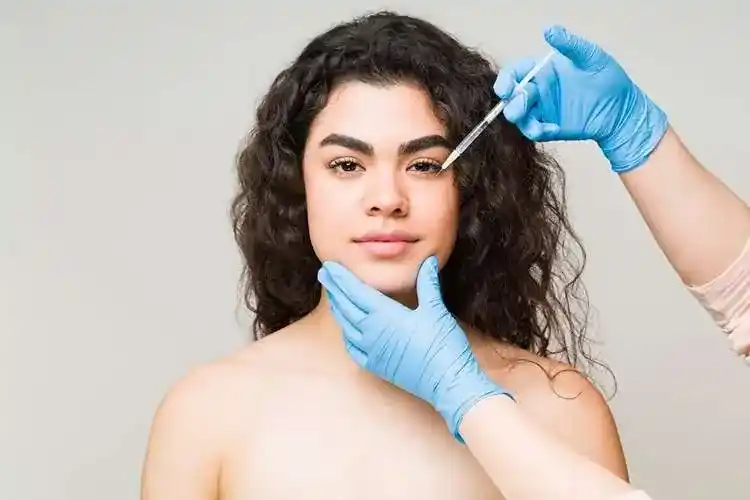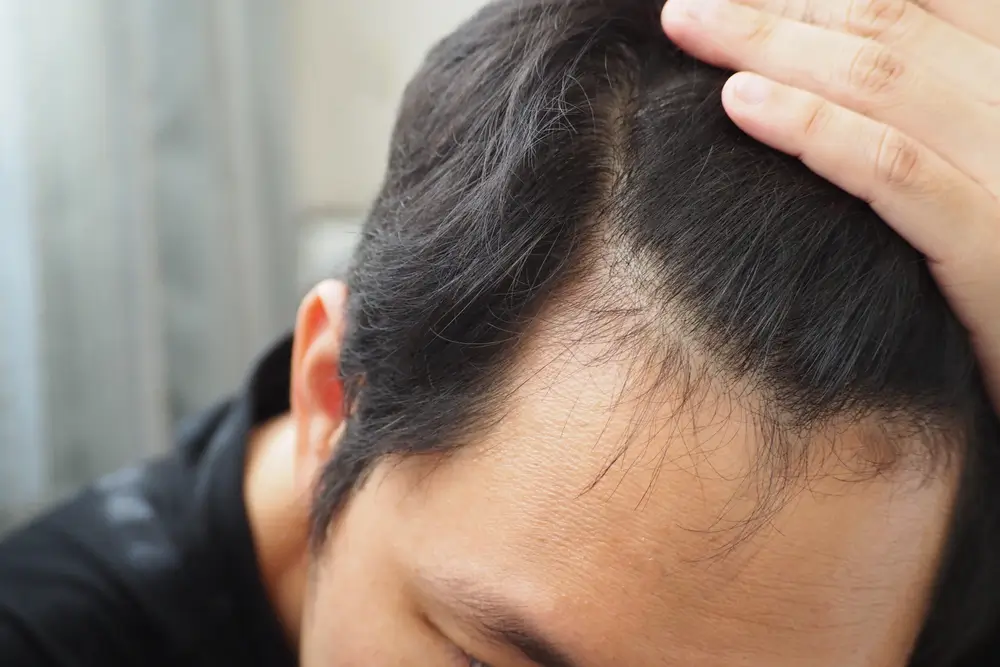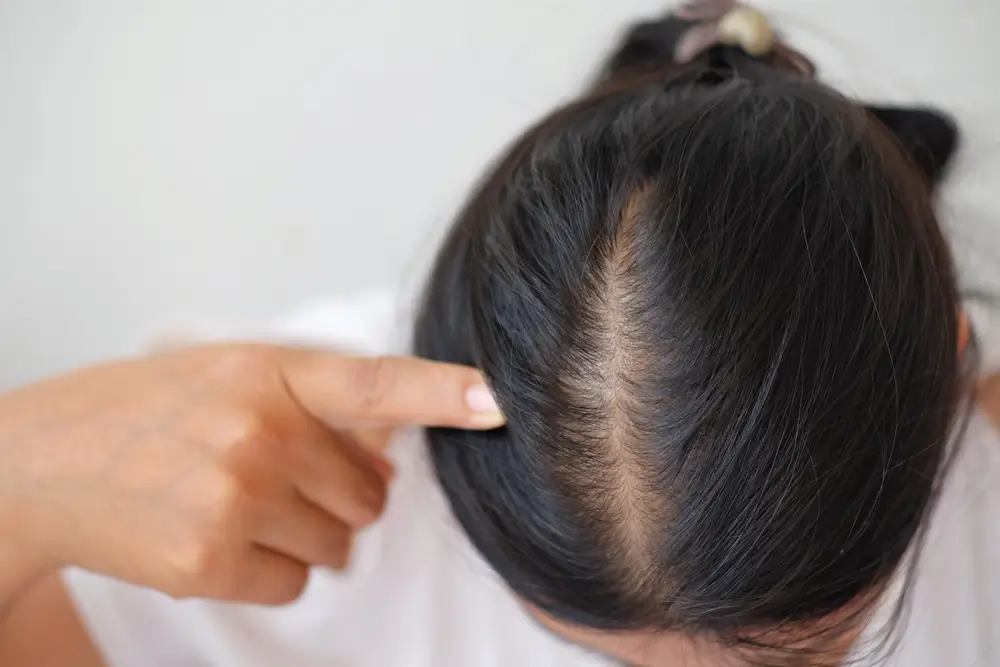- Call Today 8002558860
- Open Hour 09:00 AM to 09:30 PM
If there were only one treatment you could do for your under-eye problems, it would have to be under-eye fillers. As you grow older, your eyelids become thinner, drier and darker. You also develop hollows under your eyes. We call this ‘tear trough’.
Under-eye hollows make you look dull, tired and sleep deprived. Friends may ask you, “didn’t you sleep at night?” or “are you sick?”.

Dermal fillers also understood as injectable implants, soft tissue fillers, lip and facial fillers, under-eye fillers, nasolabial fold fillers, nose fillers, cheek fillers, laugh line fillers, chin fillers, neck fillers, or wrinkle fillers are medical drugs approved by the USFDA for use in helping to create a fuller and smoother appearance of your face, including cheeks, chin, lips, nasolabial folds (the lines extending from the sides of the nose to the edges of the mouth), and back of the hands.
Since some dermal fillers absorb naturally over time, patients may need to repeat the procedure after some time to maintain the desired effect. Therefore, successful results will depend on the underlying tissue structure, volume, and type of filler used. In addition, the outcome depends on the filler material and the area.
A dermal filler increases or puffs up certain areas of the face. Filler's most commonly used in areas that succumb to sagging skin, creating a hollowed look. The specific manner in which the treatment works depends on the variety of fillers used. Existing options include:
Hyaluronic acid: The most commonly used variety of dermal fillers, a hyaluronic acid filler, works by drawing fluid to the selected face part that requires a lift. Hyaluronic acid uses famous filler brands like Juvederm, Restylane, and Captique; the effects of these fillers mostly last around nine months to 1 year.
Fat graft: A fat graft, also understood as autologous fat, refers to fat cells collected from another part of the patient's body and injected into the recipient site. Injectable fillers are created with essential human fat, and the effects of this type of treatment can last for years.
Polymer: Filler brands like Sculptra uses an artificial and biodegradable polymer substance. Polymer is another durable option, with effects lasting up to two years.
Calcium hydroxylapatite: This is the main substance used in another popular filler brand Radiesse, which can keep wrinkles and skin ageing at bay for up to 12 months.
Bovine collagen : Fillers like Zyplast and Zyderm use bovine collagen. Due to this substance's nature, the patient required an allergy examination at least four weeks before the treatment to ensure that they would not have any negative reactions to the injectable filler.
Microscopic plastic beads: Because the bovine collagen procedure does not offer permanent results, it is often mixed with microscopic beads that are made of polymethyl methacrylate or PMMA that remain below the skin for good even when the collagen diluted away; they thus effectively extend the results of the treatment to at least five years.
A dermatologist or aesthetics surgeon can carry out a filler treatment. Regardless of which filler is used as the filling agent, a more critical part of the process is usually the same. The patient first receives local anaesthesia to numb the facial area. Then, once the anaesthesia has settled in, the aesthetics surgeon or dermatologist injects the filler into the predetermined location, just under the skin. For fat grafts, however, the fat used as the filling mechanism is first harvested from another body part.
Each procedure will typically take 15 minutes. However, succeeding sessions may be required depending on the condition's severity and the procedure area's size. If so, each session is spaced at least two weeks apart.
As you age, your skin's elasticity decreases, leading to wrinkles, fine lines, and sagging skin. The prospect of permanent furrows on your forehead or crow's feet by your eyes is not one that many people look forward to you. Fortunately, dermal fillers can be used to reverse common signs of ageing. With the help of a trusted injector, you can restore your youth and confidence with plump, smooth, and beautiful skin.
While many treatments require a few days or weeks to show effect, this one has instant results, and clients enjoy their preferred transformation as soon as they leave the centre. But to enjoy this changeover, there are some Dos and Don't that you must be knowledgeable of, either before or after the treatment. Here are some of them:
Understand your issue sites. Many patients feel their nasolabial fold NLF (the fold between the nose and cheeks ) is too in-depth and ask to fill it. However, careful analysis and measurement of the face show that the cheek has lost volume and exacerbated the NLF's depth. In this case, we need to manage the volume loss in the cheeks before we treat the NLF.
Start taking Arnica two days before your procedure. It is not mandatory, but it helps decrease the risk of bruising, especially when doing lip fillers.
Tell your doctor if you are expectant or planning to get pregnant.
Tell your dermatologist if you have any history of cold sores. Your doctor can prescribe you an antiviral before your treatment to limit any flare of your condition.
Apply Arnica topically and resume taking oral Arnica at home. It will help reduce the chances of bruising. Eating pineapple can also assist with bruising too!
Put an ice pack on the injected area to reduce swelling. It is essential, especially on the first day after treatment.
If you have any pain, take Tylenol. If you have increased swelling or itching, try over-the-counter antihistamines like Zyrtec, Benadryl or Claritin.
You can start using your sunscreen and makeup immediately after, but you need to be very gentle while rubbing the area treated.
If you have cheek fillers, try to sleep on your back for the night. A good trick to help you stay on your back is to put your hair up in piggy tails. This way, whenever you turn to your side, your hair will stop you.
Avoid taking any Over-the-Counter blood thinners one week before your treatment. Such blood thinners include Aspirin, Motrin, Aleve, or Ibuprofen. If you are on prescribed blood thinner, let your injector know to take all precautions.
Avoid over-the-counter supplements like St. John's Wort, Gingko Biloba, primrose oil, garlic, ginseng, and Vitamin E. If you are on any, stop using them at least one week before your treatment.
Avoid topical products such as Tretinoin (Retin-A), Retinol, Retinoids, Glycolic Acid, or any "anti-ageing" products. These can irritate the skin, increasing the risk of bruising or infection.
Do not take alcohol 24 hours before your procedure.
Don't rub the area treated unless instructed to.
Avoid itching or picking near the injection site.
Avoid applying intense heat to the procedure area, including hot tubs, saunas, sunbathing or tanning.
Please don't drink alcohol on the day of treatment, and try to avoid it for two days.
Avoid exercising for two days or until the swelling subsides.


Filler treatment sessions may cause some symptoms right after each procedure. The following symptoms are typical and temporary, typically lasting up to 3 days after the procedure:
If symptoms do not go away after three days or they seem to be getting worse, it is best to go back to the dermatologist or surgeon who performed the procedure. Prolonged symptoms may be signs of possible complications linked to dermal fillers, which include:
Due to many dermatological clinics and doctors offering dermal fillers, patients are advised to take extra care choosing the doctor they will work with. In addition, there is a risk that the fillers used are not included in those approved by the U.S. FDA, and this exposes the patient to the possibility of uncontrolled adverse reactions.
The cost of Dermal Fillers varies from ₹ 15,000 to ₹ 27,000 per 1 ml in Lucknow, India.
Why does the cost vary?
The longevity of the Dermal fillers
Type of Dermal Filler
Brand of Dermal Filler used
How much does Filler Treatment cost in India?
The cost of Filler Treatment in India is $ 200 to $ 500 per 1 ml; in terms of Rupees, the price varies from Rs. 15000 to Rs. 60000 per 1 ml.
To help get an approximate idea about the cost of Dermal Fillers treatment. For different areas of the face, it would be best to consult our dermatologist in Lucknow.
Is there downtime?: This ranges with the filler. Most fillers do not push downtime. Be sure to ask your doctor whether you will keep downtime.
When will I see results after getting a filler?: This also ranges with the filler. Most fillers fill the skin, producing quick or close to immediate results. A filler also can encourage your body to produce collagen, but this takes time.
How long will the results from fillers last?: Most fillers offer temporary results and require repeat treatments to maintain the results. Temporary fillers offer one key advantage. These can be injected as required to replace lost fullness. These are advantageous because our skin ages no matter what we do.